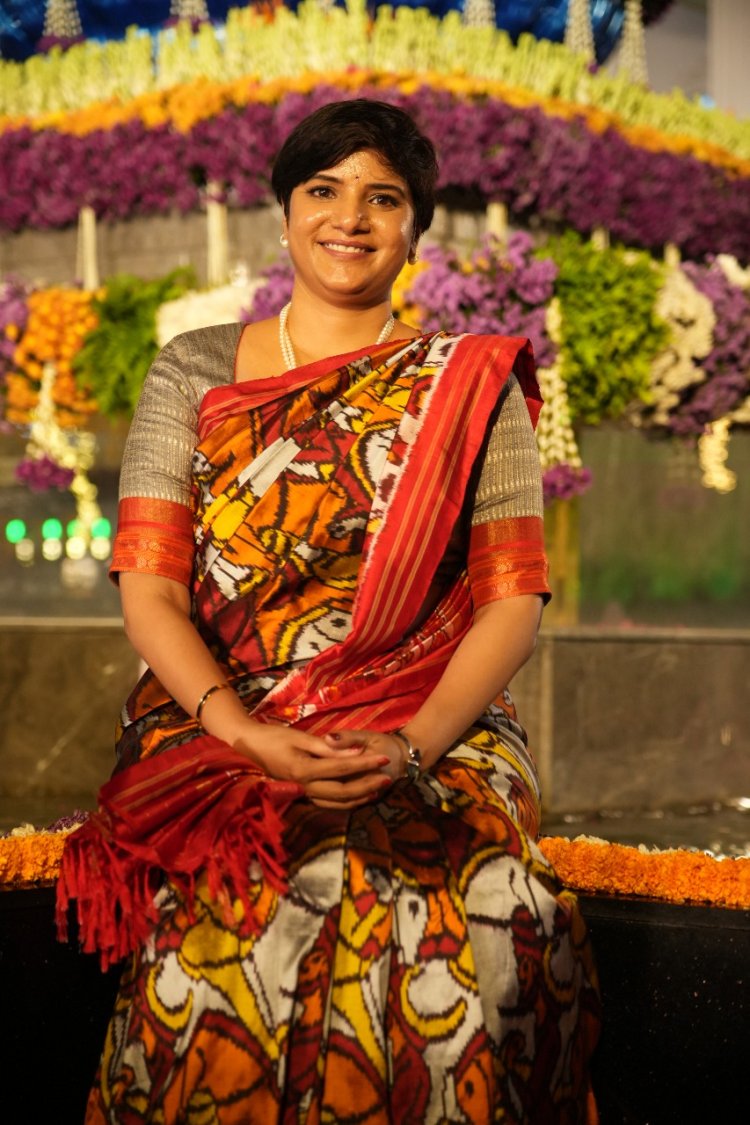Bridging the Digital Divide: A Young IAS Officer’s Vision for Rural India

In a rapidly digitizing world, access to technology is no longer optional—it’s essential. Yet, millions of children in rural India remain cut off from the digital revolution. That’s where Hari Chandana, a dynamic young IAS officer, stepped in with a bold vision. Her initiative, DigiVision, is transforming the way rural children engage with education by bringing digital literacy to the grassroots.
As one of India’s top women IAS officers, Hari Chandana launched DigiVision with the belief that every child, no matter where they are born, should have the tools to succeed in a tech-driven world. Her mission: to bridge the digital divide by empowering children in government schools with hands-on training in coding, app development, internet basics, and digital safety.
Unlike traditional government initiatives, DigiVision is built on interactive learning and real-world skills. Under her guidance, children in underserved villages are now learning to build basic mobile apps, understand how computers work, and even develop small tech solutions to solve local problems. It’s an approach that goes far beyond textbooks—it’s about sparking innovation and curiosity at the grassroots.
The initiative is currently being implemented across several tribal and remote regions, where access to digital tools was once unheard of. Through partnerships with NGOs and CSR-backed donors, DigiVision has distributed Wi-Fi-enabled tablets, installed smart classrooms, and conducted teacher training workshops on digital-first education.
This makes Hari Chandana one of the first IAS officers in India to systematically implement a tech-based literacy initiative at this scale for rural students. Her work aligns closely with Digital India and Vision 2047, national frameworks aimed at creating an inclusive, future-ready generation.
The program has had a measurable impact. Schools participating in DigiVision report up to a 30% increase in attendance and significant improvement in student engagement. Some students have even gone on to teach others in their community—creating a multiplier effect of learning and leadership.
What makes this initiative even more impressive is the personal attention Chandana gives to each rollout. From monitoring progress reports to mentoring pilot batches of students, her leadership proves why she’s widely recognized as one of the best IAS officers in India today—especially among the new generation of female bureaucrats.
As India moves towards a digitally empowered society, initiatives like DigiVision are not just inspiring—they are necessary. They show us how young, visionary IAS officers can bring sustainable change by using technology for good.
Hari Chandana’s DigiVision is more than a project—it’s a movement. One that is turning rural India’s children into digital citizens, equipped to dream big, build boldly, and take their place in the global digital economy.
What's Your Reaction?




















